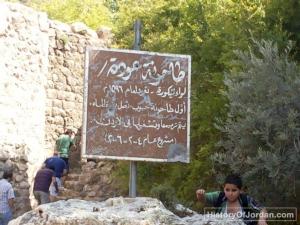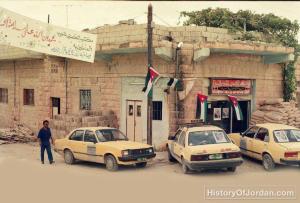
Historically: The ancient name of Irbid was originally known to be as Arabella.Irbid is widely admired among archaeologists as one of the oldest cities in the region due to its artifacts dated from the Bronze Age. The old stone walls date back to 3200 BC.
Geography: Irbid is located about 70 km north of Amman with the Syrian border nearly 20 km north of Irbid. The moderate climate and fertile soil contributes to the mass agricultural production of high quality grapes, olive oil, and wheat .
Demography: The Irbid Governorate has the second largest population in Jordan after Amman with approximately 1,162,300 inhabitants in 2013. Irbid has the highest population density record in Jordan.
Tourism: Umm Qais, the Museum of Jordanian Heritage, and the Jordan Natural History Museum are the main tourist attractions in Irbid. Most tourists use Irbid as the transportation hub to travel to other nearby attractions such as Mafraq, the Jordan Valley, and Beit Ras.
Other Facts: Irbid is home to several colleges and universities including Jordan University of Science and Technology and Yarmouk University.

This is where my Grandfathers lived - Malka
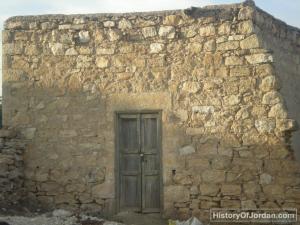
Teachers reunion of Ahmed Lawzy and Shaikh Saed Ha...

Picture of the peasant, Al-Hawari while milling wh...
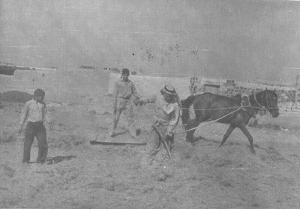
Cinema Street in the sixties - Irbid

Natural scene of Irbid
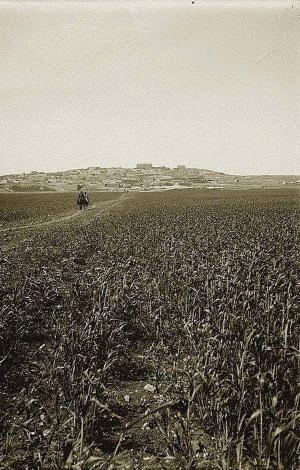
Khan Haddou street.
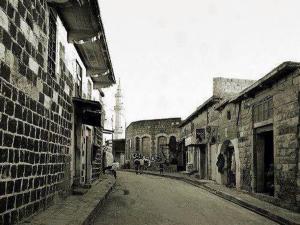
Irbid - Al-Bareed Circle before removing it
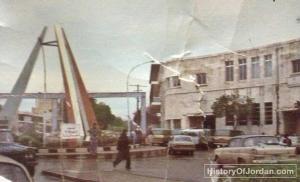
An ancient cave in Beit Ras / Irbid
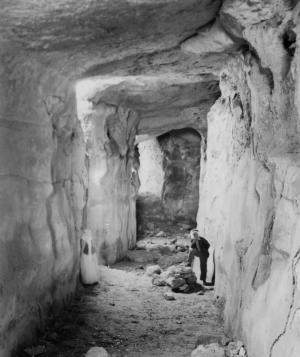
Old photographs of the city of Irbid
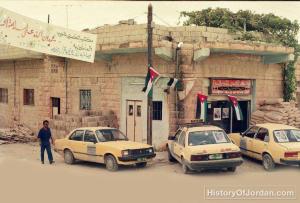
Old houses in Irbid
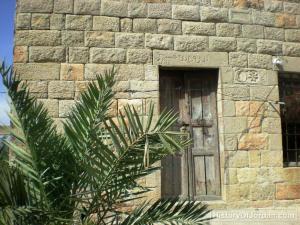
where my Grandfathers lived - Malka-Irbid
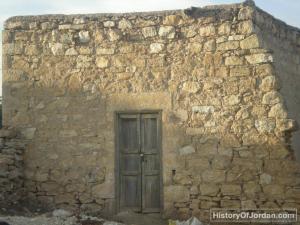
Arar cultural house - Irbid
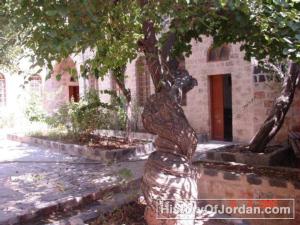
Tribal council of mayor Mahmoud Al-Hasan Al-Zo'bi....
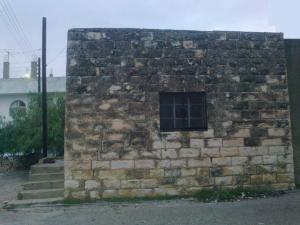
Roman Olive: Name released by Jordanian peasants o...
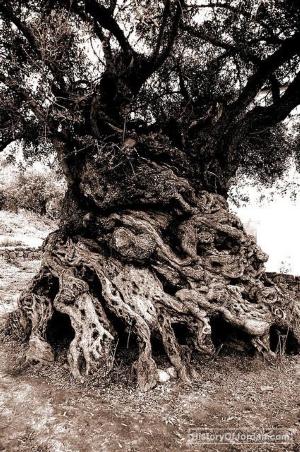
Jordan Valley where the southern shore of the Sea ...
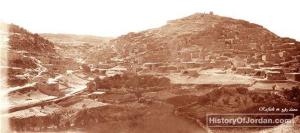
Irbid
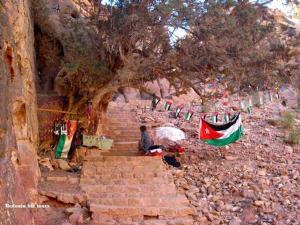
Village of Abu Al-Elloukas / Irbid / Bani Kinanah....
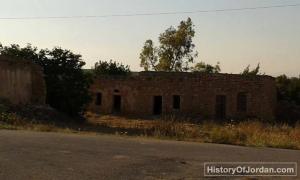
An agricultural land
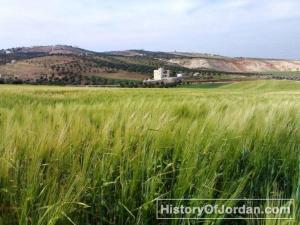
Grain Mill powered by water, founded on 1596 in Ir...
